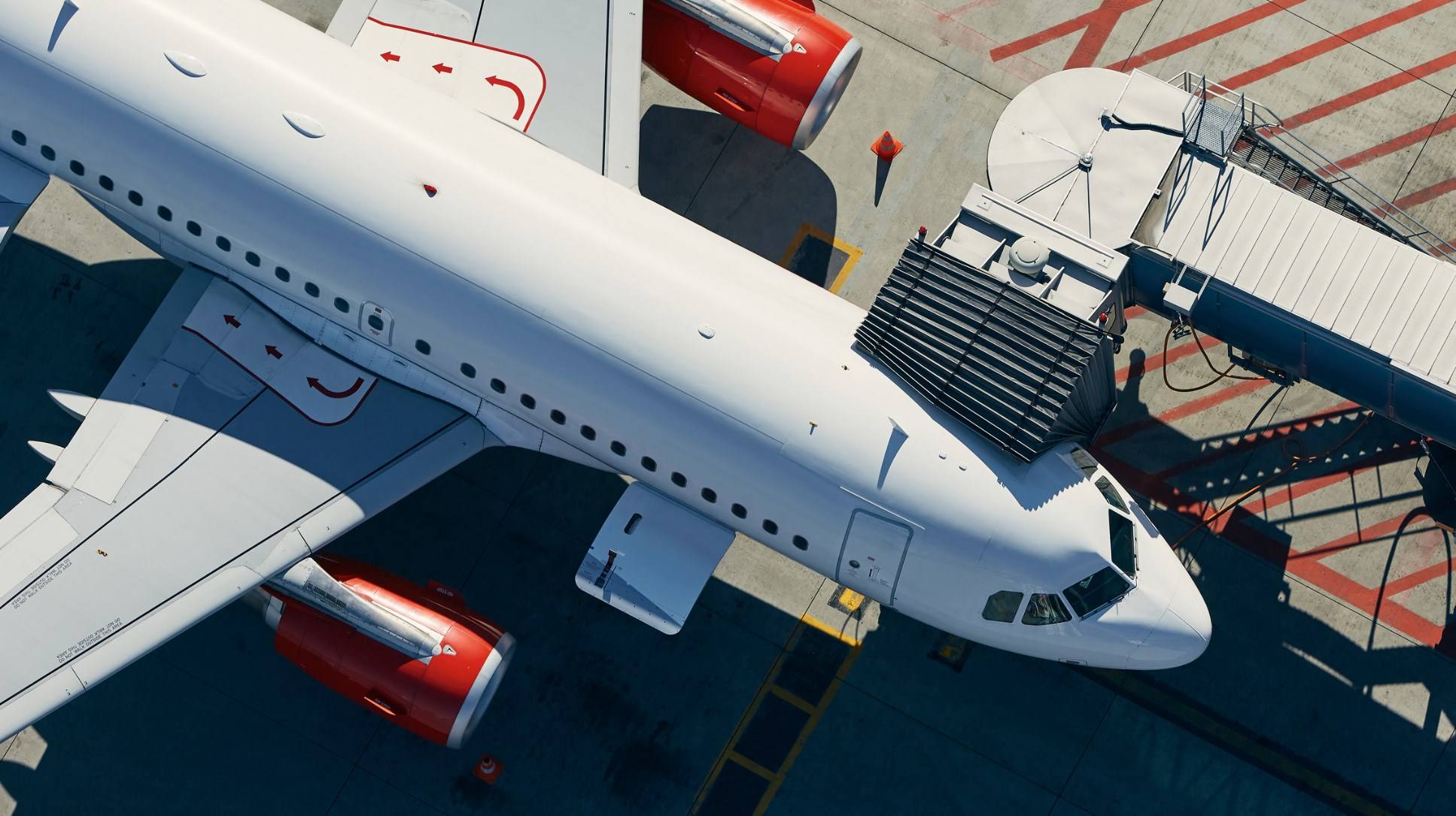Flying with lithium batteries requires understanding specific regulations and safety measures to prevent hazards during air travel. By following guidelines, travelers can safely transport their devices without risking safety or violating airline policies.
What are the regulations for carrying lithium batteries on flights?
Regulations for carrying lithium batteries on flights vary by airline and country but generally adhere to guidelines set by the International Air Transport Association (IATA) and the Federal Aviation Administration (FAA). Passengers can typically carry devices with installed lithium-ion batteries, but spare batteries must be placed in carry-on luggage only.Chart: General Regulations for Lithium Batteries
| Battery Type | Carry-On Baggage | Checked Baggage | Special Conditions |
|---|---|---|---|
| Lithium-ion (≤ 100 Wh) | Allowed | Allowed | None |
| Lithium-ion (101-160 Wh) | Allowed (max 2) | Allowed with approval | Airline approval required |
| Lithium metal (≤ 2 g) | Allowed | Allowed | None |
| Lithium metal (> 2 g) | Not allowed | Not allowed | Prohibited |
How should lithium batteries be packed for air travel?
Lithium batteries should be packed carefully to prevent short circuits and damage. Spare batteries must be insulated by:
- Keeping them in their original packaging.
- Taping over exposed terminals.
- Placing each battery in a separate plastic bag or protective pouch.
Devices containing lithium batteries can be packed in either carry-on or checked baggage, but it is recommended to keep them in carry-on luggage for safety.Chart: Packing Guidelines for Lithium Batteries
| Packing Method | Description |
|---|---|
| Original Packaging | Keep spare batteries in their retail packaging |
| Terminal Insulation | Tape over terminals to prevent short circuits |
| Protective Pouch | Use plastic bags or pouches to store individual batteries |
What types of lithium batteries can be carried on board?
Passengers are generally allowed to carry:
- Lithium-ion and lithium metal batteries installed in devices.
- Spare lithium-ion batteries under 100 watt-hours (Wh).
For larger capacity batteries (101-160 Wh), passengers need prior approval from the airline, typically limited to two spare batteries.
What should you do if a lithium battery is damaged during travel?
If a lithium battery is damaged during travel, it’s crucial to:
- Evacuate the area if it starts smoking or shows signs of overheating.
- Inform airline staff immediately.
- Do not attempt to use or charge a damaged battery.
- Follow any instructions provided by the airline regarding handling such incidents.
How can you ensure compliance with airline regulations?
To ensure compliance:
- Check your airline’s specific regulations regarding battery transport before traveling.
- Verify the watt-hour ratings of your devices and spare batteries.
- Pack all spare batteries according to safety guidelines.
- Keep your devices accessible for security checks.
What are the specific watt-hour (Wh) limits for lithium batteries?
The watt-hour limits are as follows:
- Up to 100 Wh: Allowed in both carry-on and checked baggage without restrictions.
- 101 to 160 Wh: Allowed in carry-on baggage but require airline approval; limited to two spare units.
- Above 160 Wh: Prohibited on passenger aircraft unless shipped as cargo under strict regulations.
Chart: Watt-Hour Limits for Lithium Batteries
| Capacity | Carry-On Baggage | Checked Baggage |
|---|---|---|
| Up to 100 Wh | Allowed | Allowed |
| 101 – 160 Wh | Allowed (max 2) | Requires approval |
| Over 160 Wh | Not allowed | Prohibited |
What safety measures should you take when traveling with lithium batteries?
When traveling with lithium batteries, consider these safety measures:
- Always inspect your devices and spare batteries for damage before travel.
- Avoid exposing your devices to extreme temperatures.
- Keep your devices turned off during transit, not just in sleep mode.
- Ensure that all devices are securely packed to prevent movement and damage.
Buy Wholesale Battery Tips
When considering wholesale purchases of lithium-ion batteries or OEM orders, partnering with a reputable manufacturer like Redway Battery is essential. Their extensive experience ensures high-quality products that comply with international standards. The typical process includes:
- Submitting an inquiry detailing your requirements.
- Collaborating with engineers to finalize specifications.
- Approving samples before mass production.
- Receiving timely shipments upon order confirmation.
Choosing a trusted manufacturer guarantees reliable products that enhance your business offerings.
Industrial News
Recent reports indicate that airlines are tightening restrictions on the transport of lithium-ion batteries due to increasing incidents of fires caused by damaged or improperly handled units. In response, regulatory bodies are working on updated guidelines aimed at enhancing safety measures while accommodating travelers’ needs.
Redway Expert Views
“Understanding how to safely transport lithium-ion batteries is crucial for travelers,” states an expert from Redway Power. “By adhering to established guidelines, passengers can minimize risks and ensure a safe flying experience.”
FAQ Section
- What is thermal runaway in lithium-ion batteries?
Thermal runaway is a condition where a battery overheats, leading to potential ignition due to internal chemical reactions. - Can I bring my laptop with a built-in battery on a plane?
Yes, laptops can be carried in both carry-on and checked baggage, but they should ideally remain in carry-on luggage. - What happens if my battery catches fire during a flight?
Immediately inform cabin crew, evacuate the area if safe, and follow crew instructions regarding emergency procedures. - Are there any special considerations for transporting power banks?
Yes, power banks must also comply with watt-hour limits and should only be packed in carry-on luggage. - How do I check the watt-hour rating of my battery?
The watt-hour rating is usually printed on the battery itself or listed in the device specifications.



